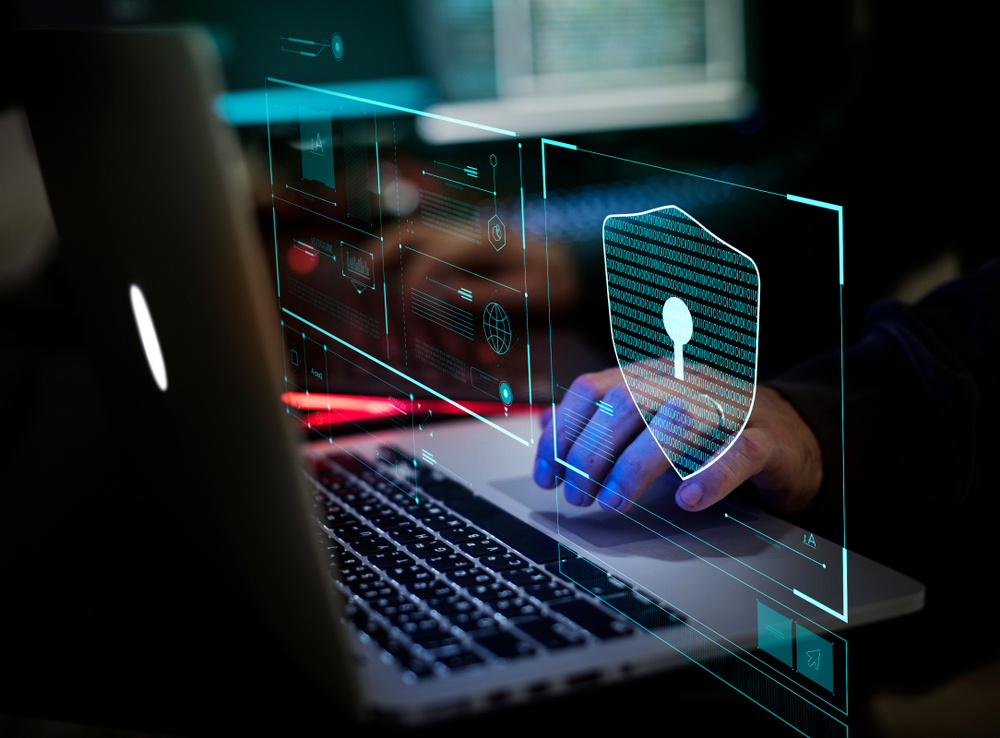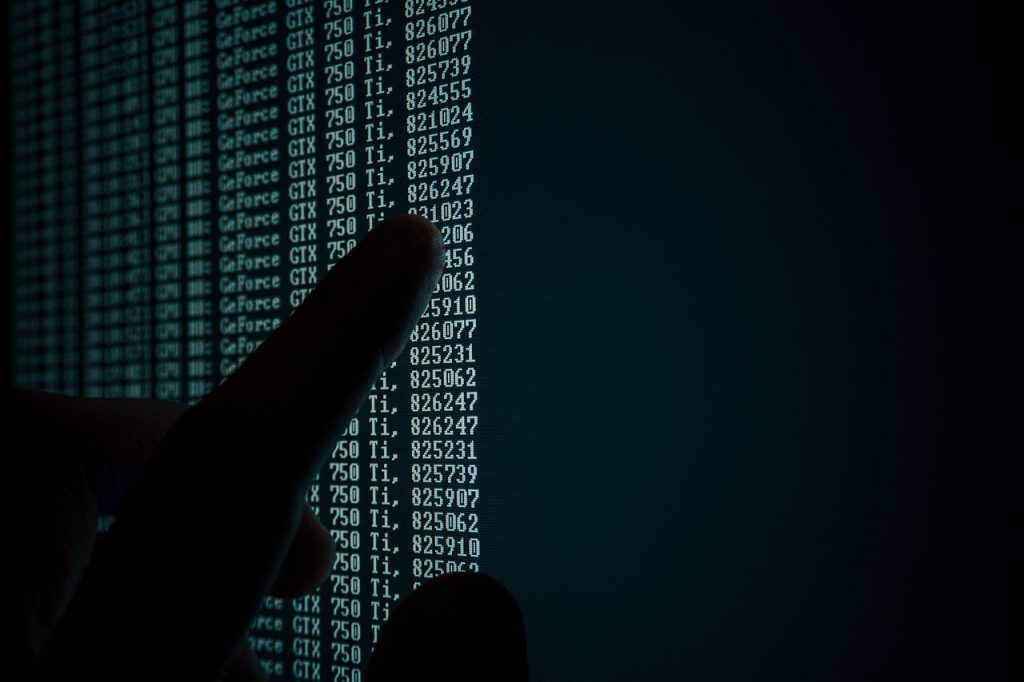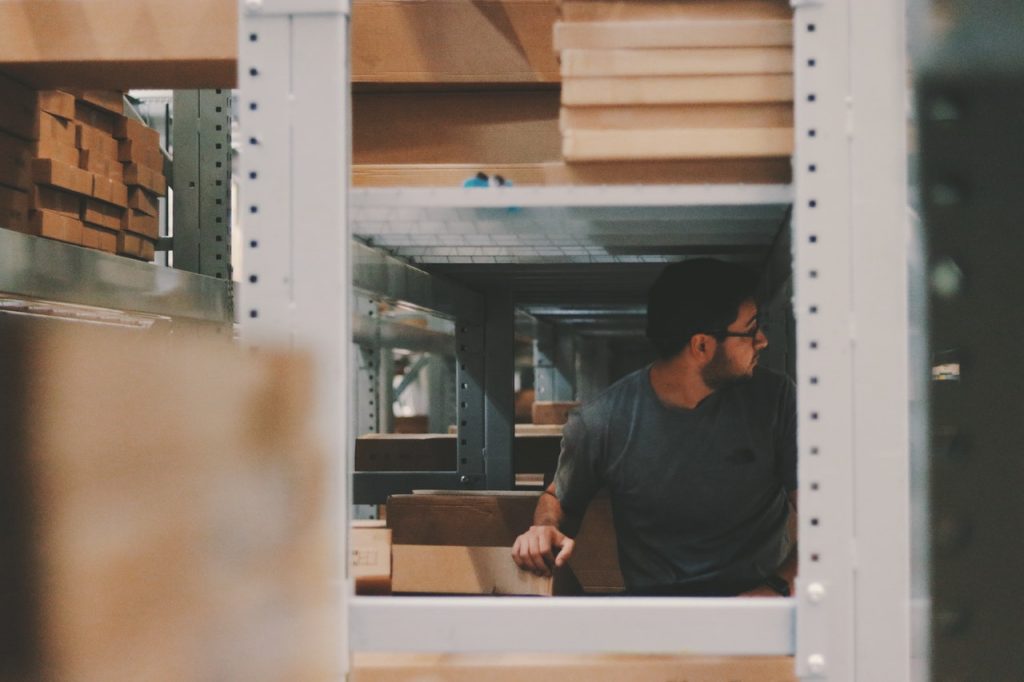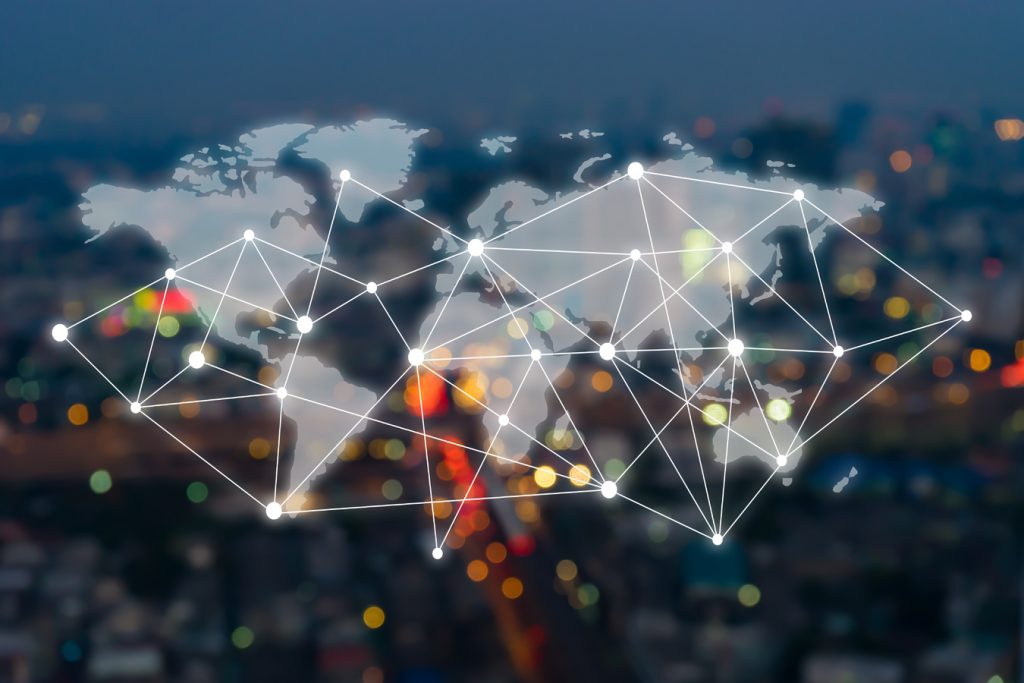The Difference Between Blockchain Technology & Cryptocurrency
It seems like everywhere you look these days, someone is talking about blockchain technology and cryptocurrency. But what do they actually mean? And are they the same thing?
This blog post will break down the differences between blockchain technology and cryptocurrency and explain why businesses should be paying attention to both. We’ll also give some examples of how businesses use both technologies to power their operations. So read on to learn more.
What is blockchain technology?
Blockchain technology is a distributed ledger technology (DLT) that records transactions in a digital public or private database in chronological order. “Blocks” of verified transaction data are added to the chain, creating an immutable record of all activity on the blockchain.
Blockchain technology can create both public and private blockchain networks. A public blockchain network is one where anyone can join and view the transaction history, while a private blockchain network is “permissioned,” meaning only authorized users can access it.
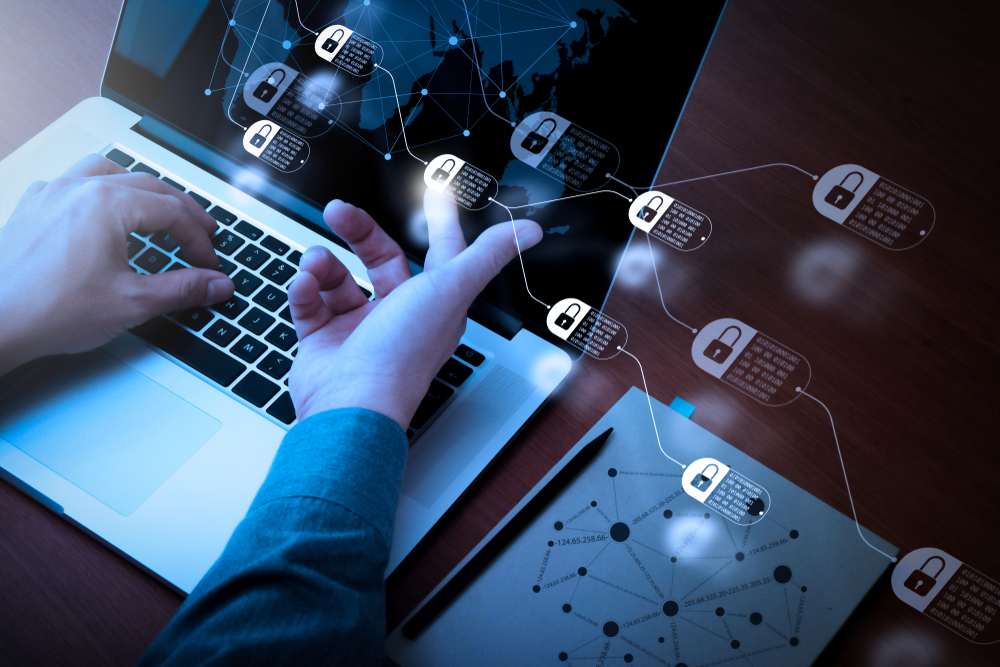
Blockchain is distributed across a network of computers, with each computer or “node” having a copy of the entire database. This makes it incredibly difficult for someone to hack or tamper with the data, as they would need to update the copy on every node in the network simultaneously. In addition, blockchain technology enables users to anonymously record and verify transactions without a third-party intermediary. This not only makes transactions more secure but also reduces transaction fees.
Blockchain technology came to the surface with Satoshi Nakamoto’s white paper in 2008. It has vast applications, including in cryptocurrencies supply chain management and voting.
What is Cryptocurrency?
Cryptocurrency is a digital or virtual currency that uses cryptography for security. Most cryptocurrencies are decentralized and not subject to control by the government or financial institutions. They’re often traded on decentralized exchanges and can be used to purchase goods and services. Some popular cryptocurrencies include Bitcoin, Ethereum, Litecoin, and Bitcoin Cash.
The organic nature of cryptocurrency is its most defining feature. It is not issued by any central authority and is therefore immune to government manipulation or interference. Cryptocurrency is based on blockchain technology.
Blockchain constantly grows as “completed” blocks are added with a new set of recordings. Each block contains a cryptographic hash of the previous block, a timestamp, and transaction data. Cryptocurrency nodes use the blockchain to differentiate legitimate crypto transactions from attempts to re-spend coins that have already been spent elsewhere. This can’t be possible with a credit card.
Essentially, blockchain provides the backbone for cryptocurrency transactions by allowing for a decentralized ledger of all crypto exchanges. Cryptocurrency is built on blockchain and allows for digital currency transactions without a third-party intermediary.
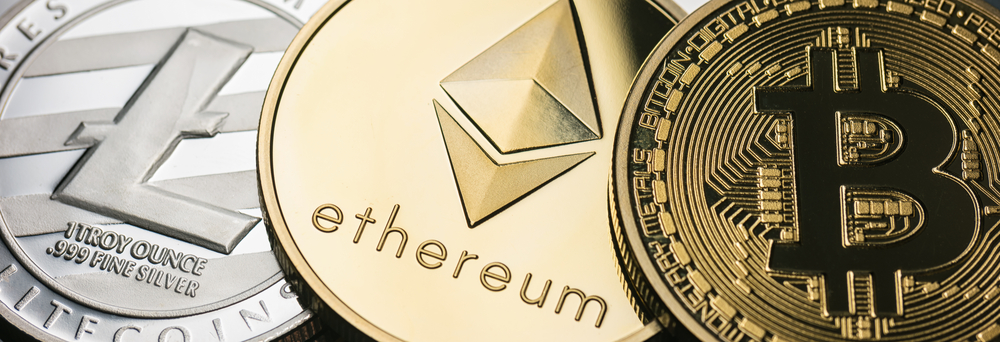
What Are The Key Differences Between Blockchain Technology And Cryptocurrency?
There are a few key differences between blockchain technology and cryptocurrency.
Nature of blockchain vs. cryptocurrency
Blockchain is a decentralized technology with no central authority that controls it. On the other hand, Cryptocurrency can be decentralized or centralized, depending on the currency. Bitcoin, for example, is a decentralized cryptocurrency, while Ripple is a centralized cryptocurrency.
Use
Blockchain is the underlying technology that powers cryptocurrency. It is a digital ledger of cryptocurrency transactions. Cryptocurrency is built on blockchain and is primarily used for digital financial transactions (storing wealth, making payments, or investments).
Blockchain has a wide range of other potential applications beyond powering cryptocurrency. It could be used to create a decentralized database of medical records or track the movement of goods through a supply chain.
Value
Blockchain doesn’t have monetary value and, therefore, cannot be used to measure wealth. On the other hand, cryptocurrency has monetary value and can be used to measure wealth.
Potential Security Risks Associated With Blockchain Technology Or Cryptocurrency
As with any new technology, there are always potential risks associated with implementing blockchain or cryptocurrency into business operations.
a. One of the biggest concerns of security in cryptocurrency or blockchain is the possibility of hacking. Because blockchain is a decentralized system, it is less vulnerable to hacking than traditional systems. However, there have been cases where hackers have been able to access wallets and steal funds.
b. Another risk to consider is the volatility of cryptocurrencies. The prices of Bitcoin and other cryptocurrencies can fluctuate wildly, making them a risky investment for businesses.
c. Finally, businesses should be aware of blockchain and cryptocurrency's regulatory environment. In some countries, such as China, ICOs are banned outright. In others, such as the United States, regulations are still being developed.
How Businesses Are Already Using Blockchain Technology Or Cryptocurrency To Power Their Operations

While still in its early stages, blockchain technology is beginning to be adopted by businesses across various industries. Here are a few examples of how businesses are using blockchain to power their operations:
- In the healthcare industry, blockchain is being used to store and share patient data securely. This data can then be accessed by authorized personnel, making it easier to provide quality care.
- In the finance sector, blockchain is being used to streamline payments and reduce fraudulent activities. For example, blockchain-based payments can be made in real-time and are more secure than traditional methods.
- In the retail industry, blockchain is being used to track product supply chains. Blockchain, combined with the ability to program business logic with smart contracts, allows for accurate asset tracking, transparency into the consumer goods prominence, and improved licensing of solutions.
- Cryptocurrency markets use cryptocurrency to buy and sell currencies, commodities, and other crypto-assets. They also use cryptocurrency to hedge against financial risks.
- Cryptocurrency exchanges use cryptocurrency to facilitate the exchange of goods and services between buyers and sellers. They also use cryptocurrency to provide escrow services, pay fees, and settle disputes.
Get Blockchain Technology for Healthcare
Blockchain technology is something that is often misunderstood. However, it has the potential to revolutionize how data is shared in a secure way between different parties. If you are looking for a way to use blockchain technology in your business or industry, please contact us. We have experience implementing this cutting-edge technology and can help you get started on using it in your organization.

Frank is a technology visionary and strategic hands-on executive with over 20+ year track record of helping companies revitalize, restructure, and implement complete Unified Communications systems in national and global markets.
